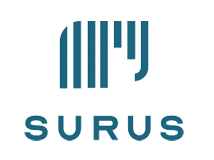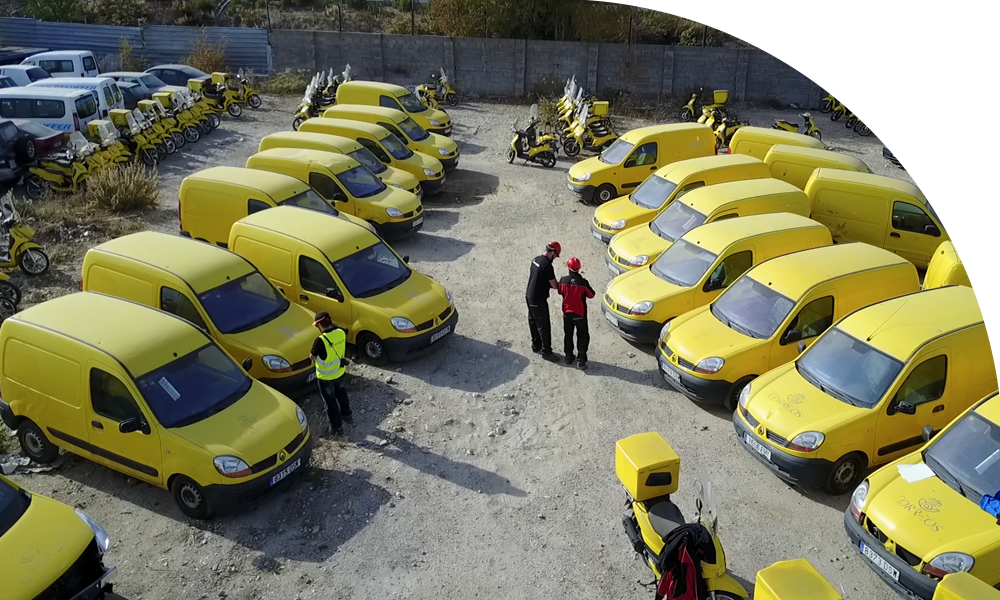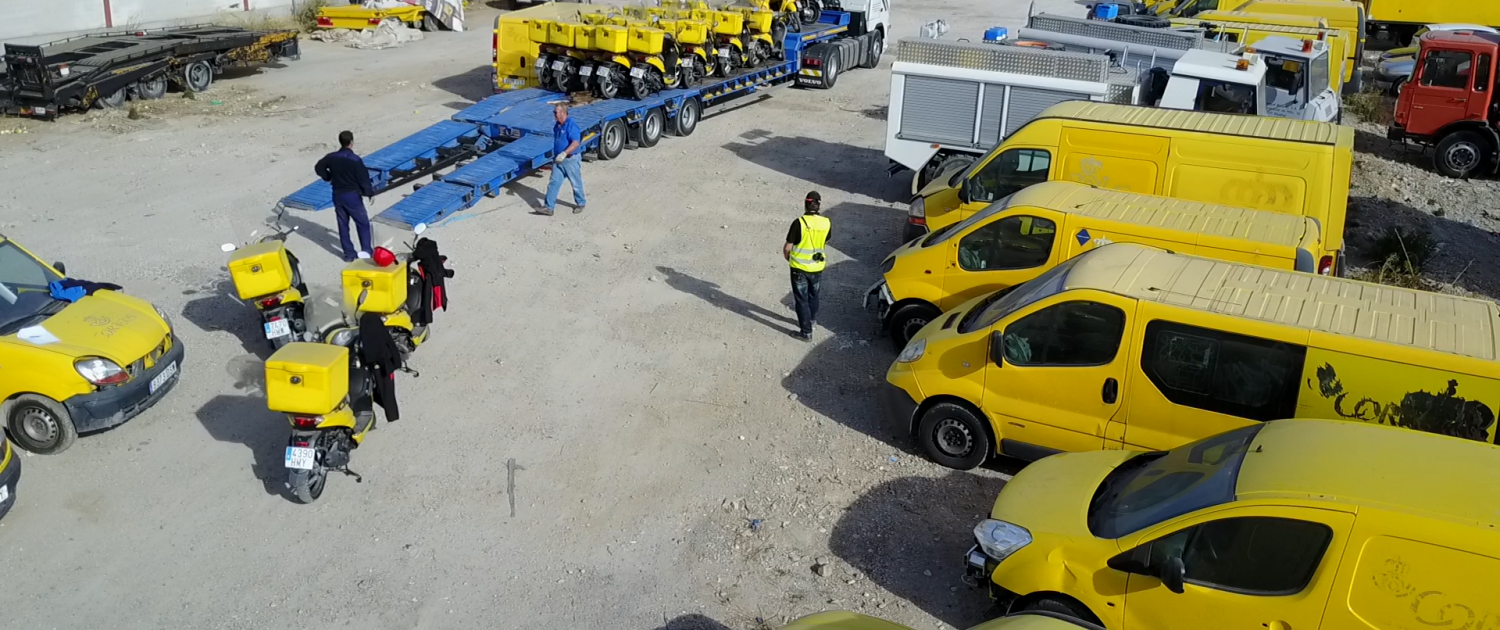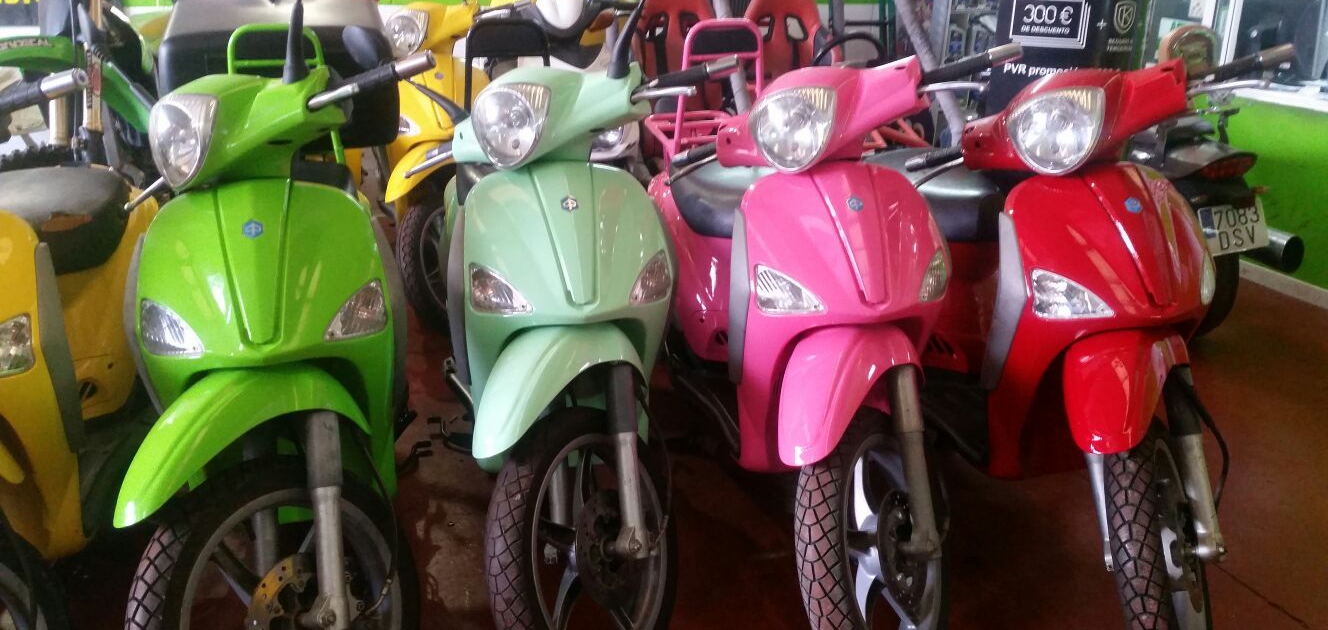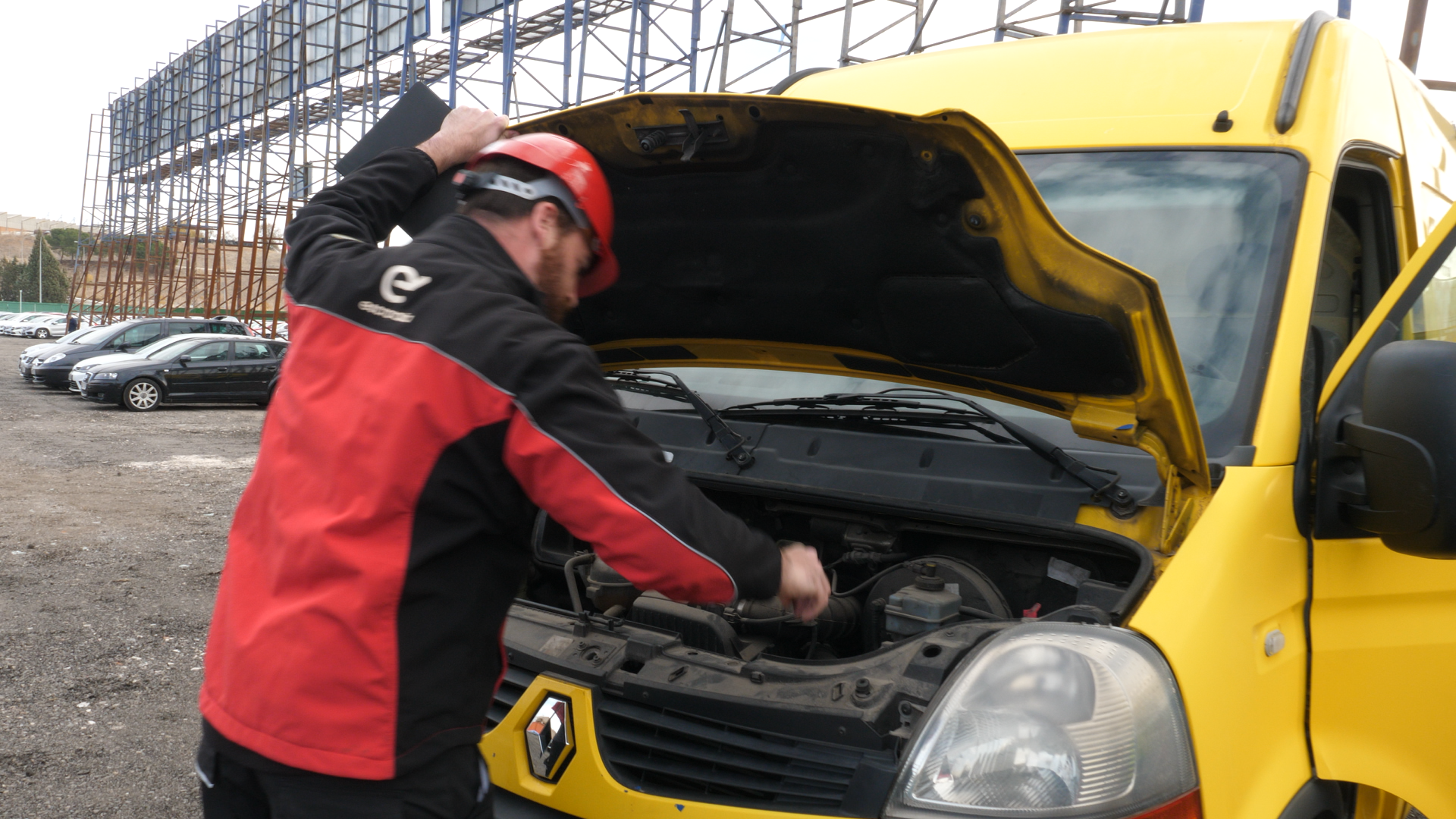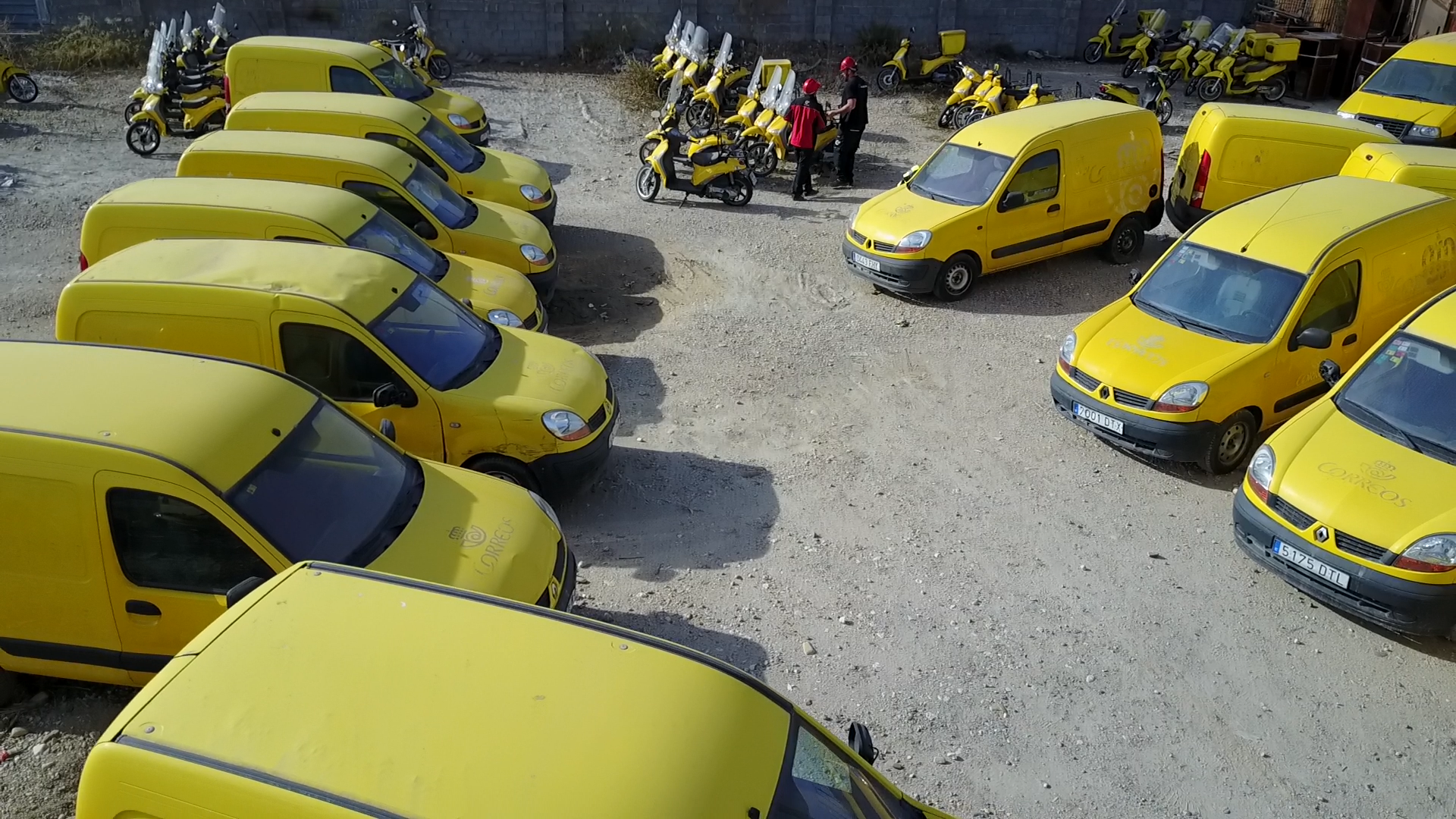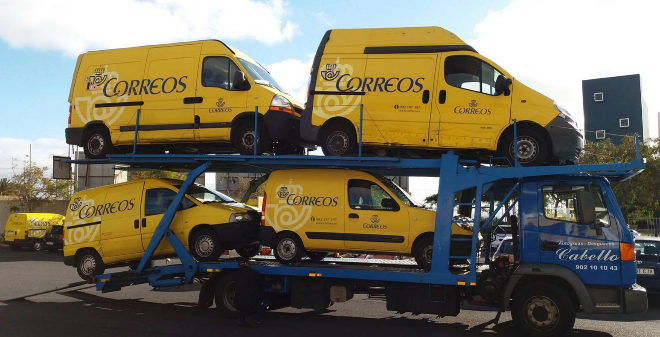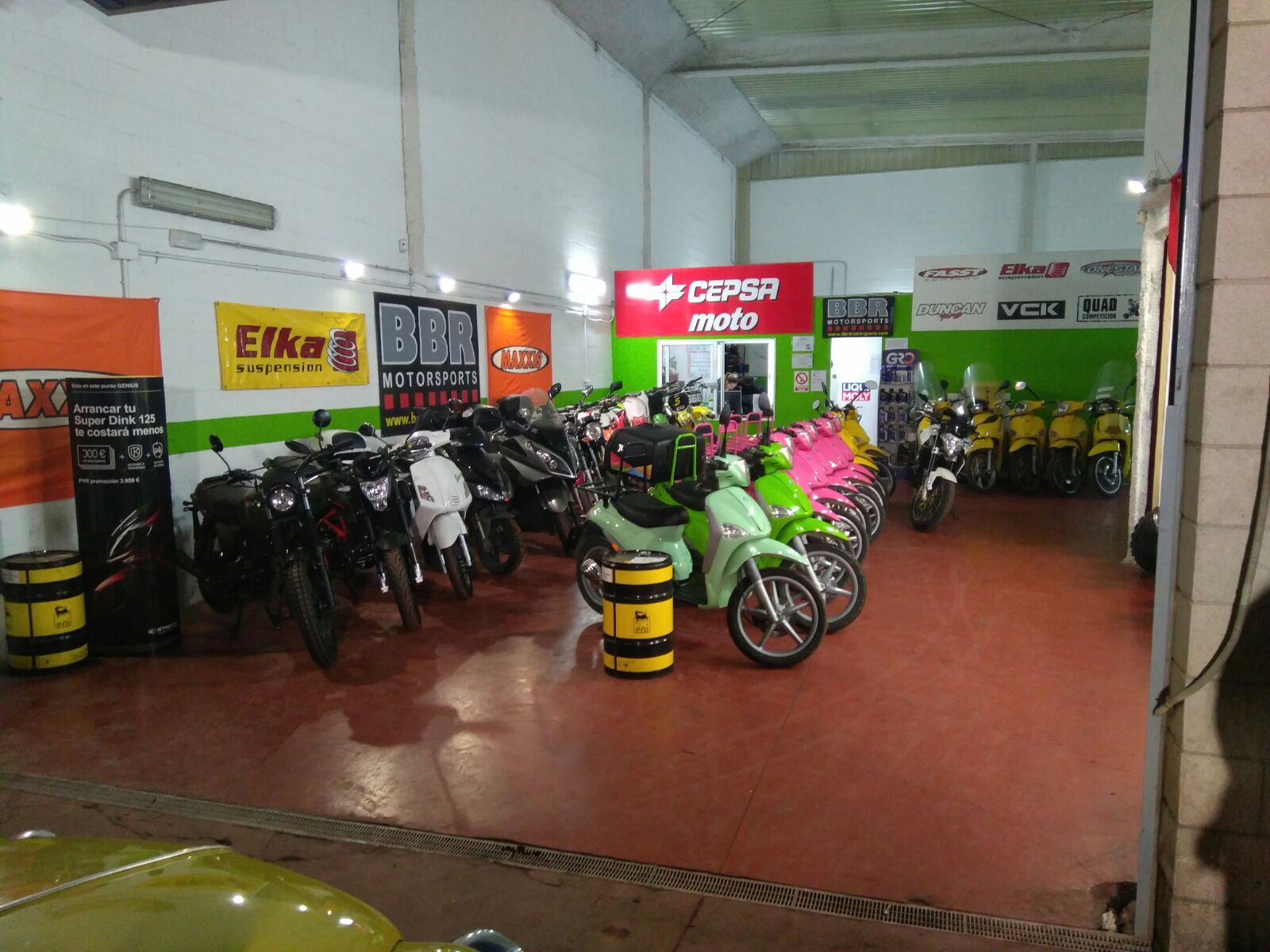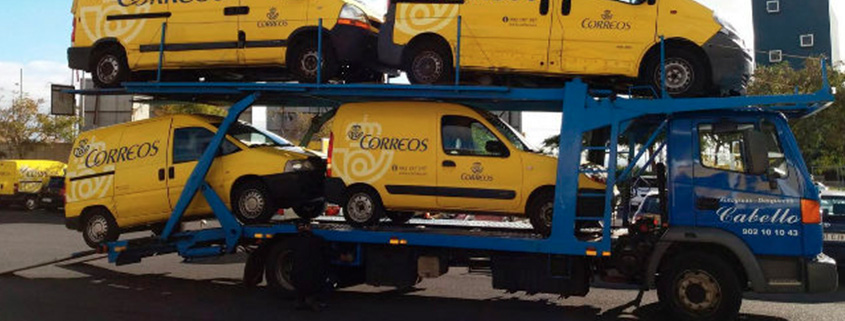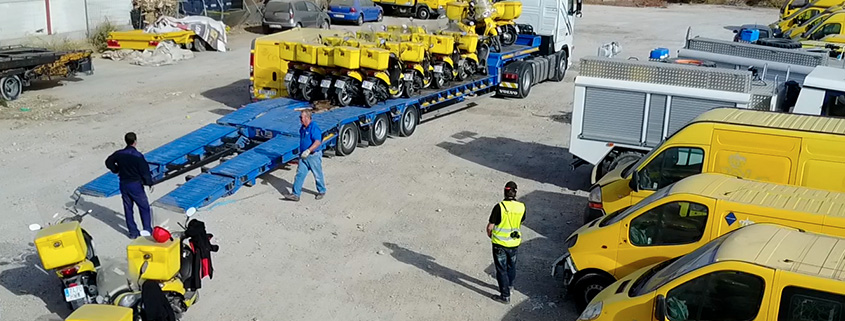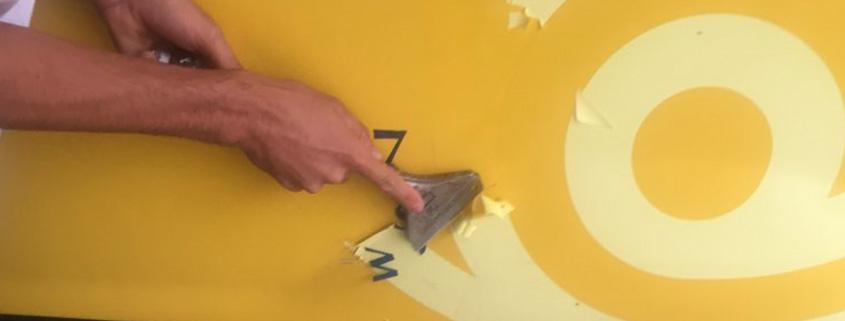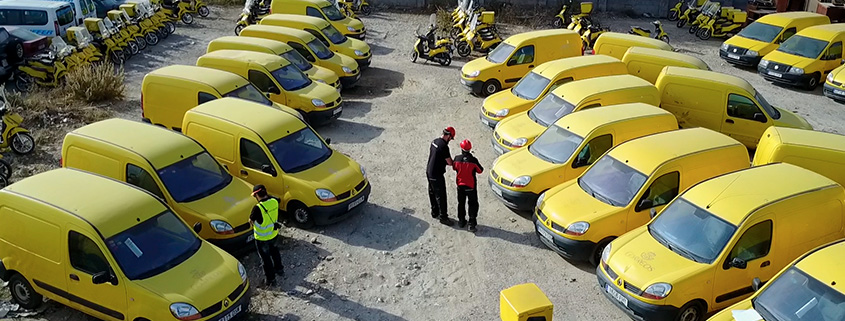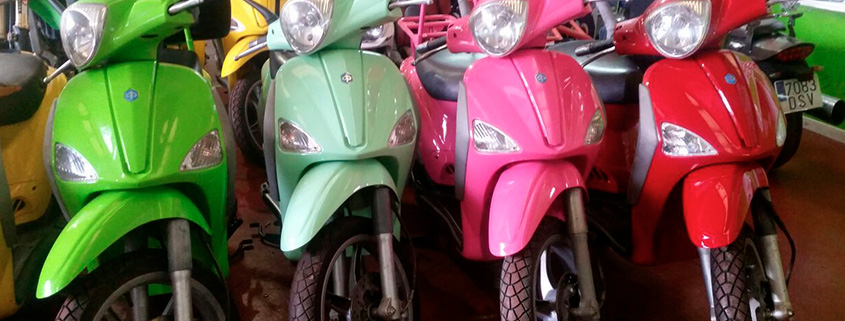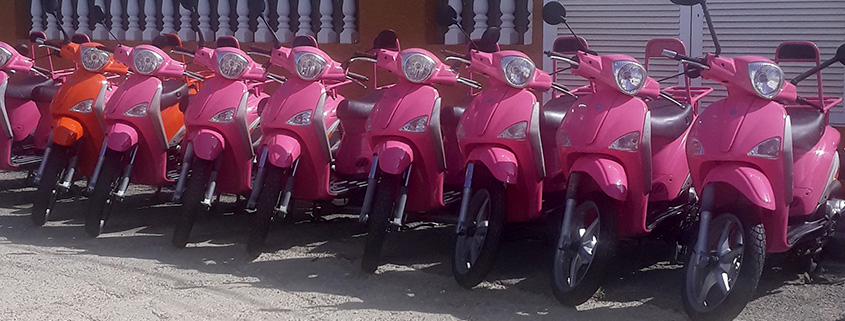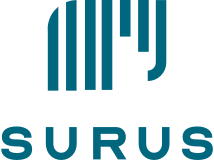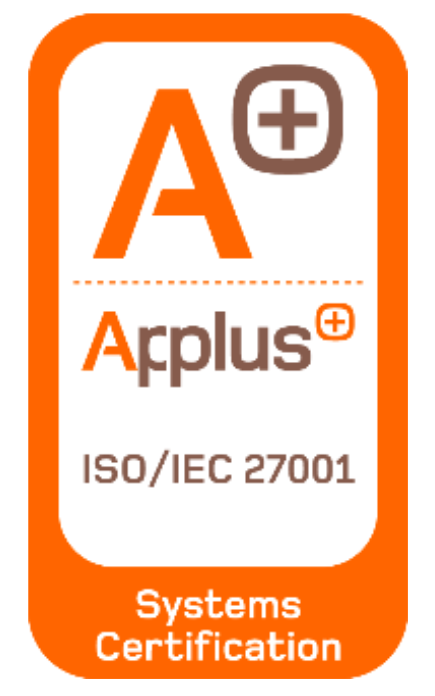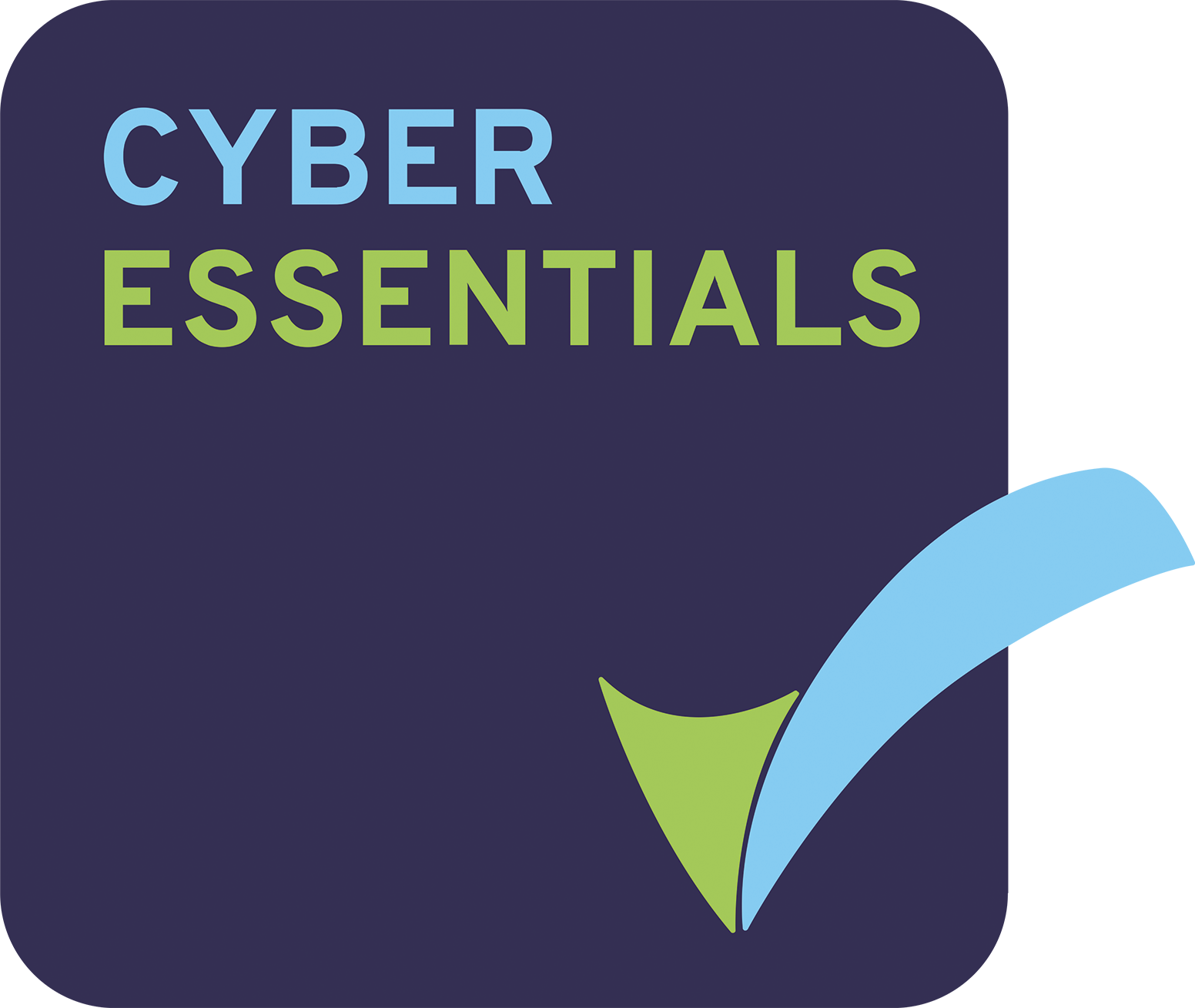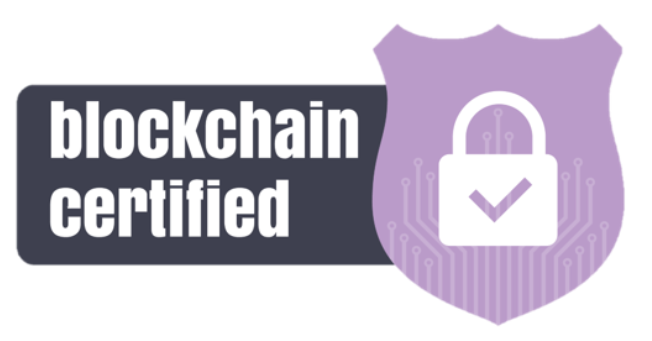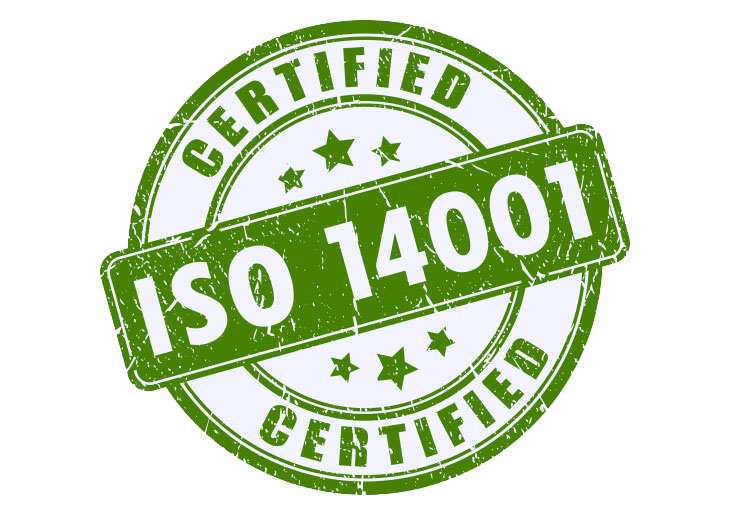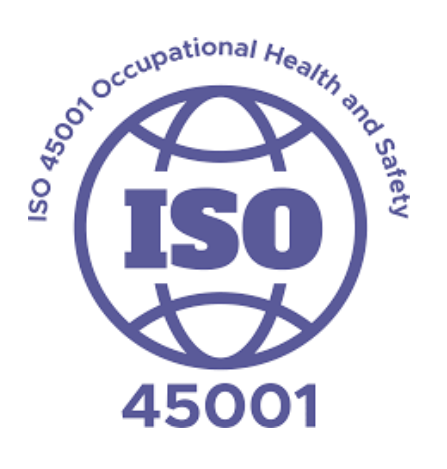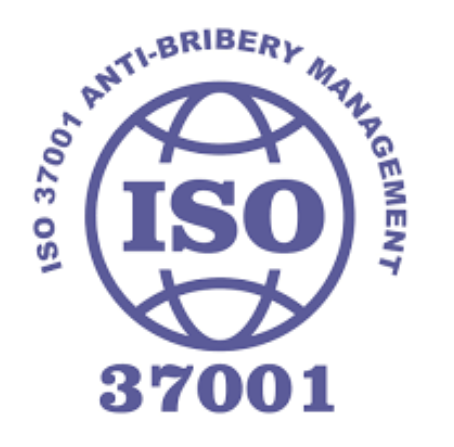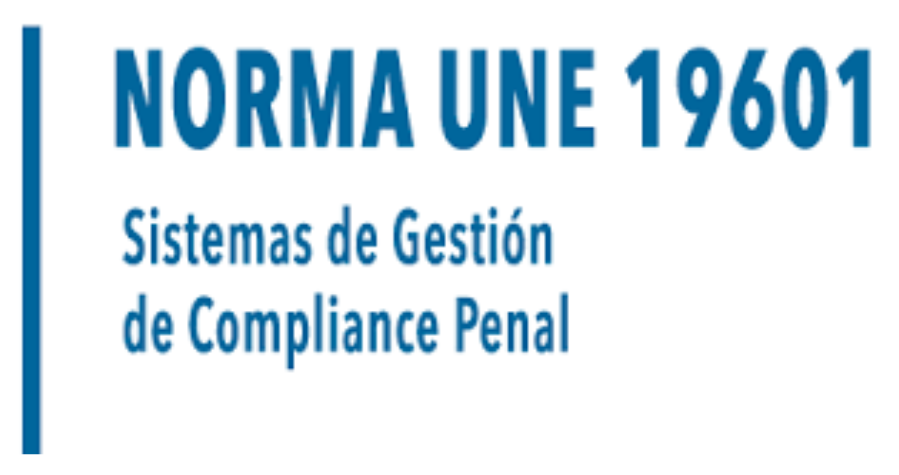REEMPLOYMENT / Public Organizations
Upgrading the vehicle fleet of the biggest public organization in Spain.
CORREOS, a 300 years old public organization in charge of the Spanish postal service, wanted to approach the future with a low-emissions vehicle fleet. They wanted to get a high economic return from their oldest vehicles to help finance the new ones.
A sustainable challenge.
How can we reemploy more than 3000 vehicles in two years for the biggest public organization in Spain? How can we lay the foundations for a proper circular asset management for all public organizations?
A circular solution.
We developed an integral reemployment solution for Correos in order to assess, classify, prepare and sale through auction the oldest vehicles from their vehicle fleet. The goal was to generate a high economic return plus social and environmental benefits.
Process
1. Preparations for reemployment
Before circularly managing the vehicles, they had to be inspected, assessed and classified one by one in order to determine their condition. They were classified in two big groups: vehicles able to be reemployed directly and non-operations vehicles that had to be repaired or scrapped.
-All centers in all regions were visited in order to verify the condition of the engine, the wheels and the external area.
-Vehicles were classified by type and condition
-Vehicles were removed from their original facilities to SURUS premises on time
-Logotypes and other branding images were removed from the vehicles
-Managed deregistration for retired vehicles
-Vehicles were photographed
-Documents provided by Correos for each vehicle were analyzed
SURUS was in charge of the whole circular management and sale of the vehicles, from the marketing and advertising to increase expectancy to the execution of the auction. The auction took place in Escrapalia, the B2B leading online auction platform owned by SURUS. This portal was perfectly fit for the scope and transparency requirements laid by Correos.
Those vehicles that were in perfect condition were auctioned individually, while non-operational vehicles were auctioned in lots.
3. Recapturing value beyond circular management
SURUS value did not finish after finding a second life for the operational and non-operational vehicles. We also managed the paperwork for the transfer from public to private ownership of the vehicles. We even delivered all of them to the new owners.
Finally, we also prepared a full report describing not only the economic value obtained from the sale, but also the social and environmental benefits that came from the reemployment as opposed to scrapping the vehicles.
Results
100% vehicles sold.
75% reused non-operational vehicles
250% higher profits over the agreed minimum price

 Photovoltaic factories
Photovoltaic factories 